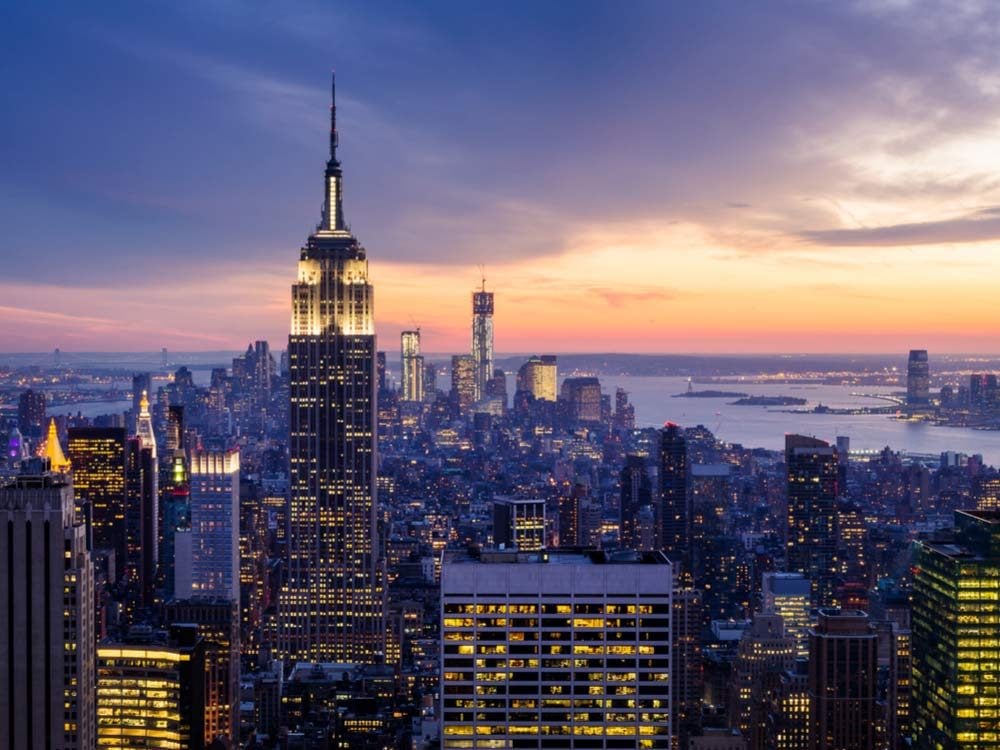
1. The Empire State Building
The Empire State Building is the tallest and most famous skyscraper in New York City. More than 120 million visitors, including the rock group Kiss and Queen Elizabeth II, have gazed down on the city from the Observatory since it opened in 1931. Planned in the prosperous 1920s by the architectural firm of Shreve, Lamb, and Harmon, this Art Deco classic was completed during the Depression and was largely vacant for several years, giving rise to the nickname “Empty State Building.” It has also been featured in countless movies: when King Kong returned to celebrate the 50th anniversary of the classic film in 1983, fans the world over cheered the triumphant ascent by a huge inflatable ape.
Here are ten landmarks you need to visit at least once in your life.
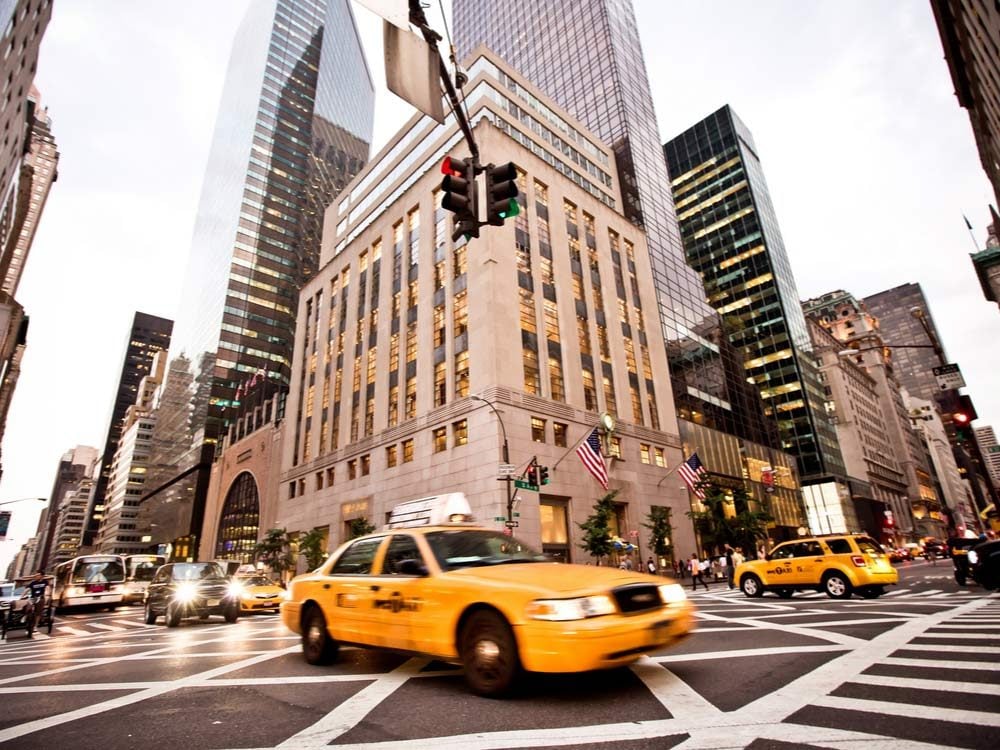
2. Fifth Avenue
Midtown Fifth Avenue is New York City’s best-known boulevard and home to three of its most famous buildings. In the late 1800s, it was lined with mansions belonging to prominent families, but as retailers moved north in the 1900s, society fled uptown. One of the former mansions that remains is the Cartier building, reputedly acquired from banker Morton F. Plant in 1917 in exchange for a string of pearls. Although commercial enterprises now share the avenue, it has remained a mecca for luxury goods. Fifth Avenue is at its best on Easter Sunday when traffic is barred and the street is filled with New Yorkers in elaborate hats.
Here are The World’s 10 Most Famous Streets.
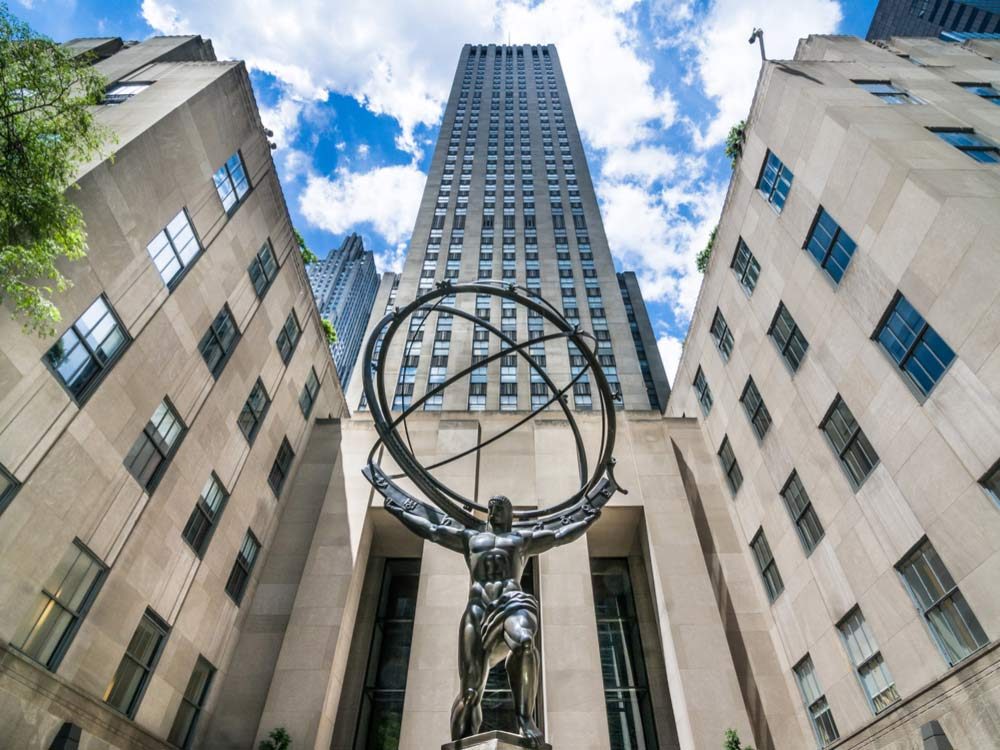
3. Rockefeller Center
A city within a city and a National Historical Landmark, soemthing you must do in the Big Apple is visit the largest privately owned complex in the world. Begun in the 1930s, it was the first commercial project to integrate gardens, dinning, and shopping with office space. Rockefeller Center is the hub of midtown New York, alive with activity day and night. The number of building has grown to 19, through the newer buildings do not match the Art Deco elegance of the original 14 structures. Over 100 works of art lie within the complex, including a major mural in each building. Still growing, this site contains one of the more outstanding public art collections in America.
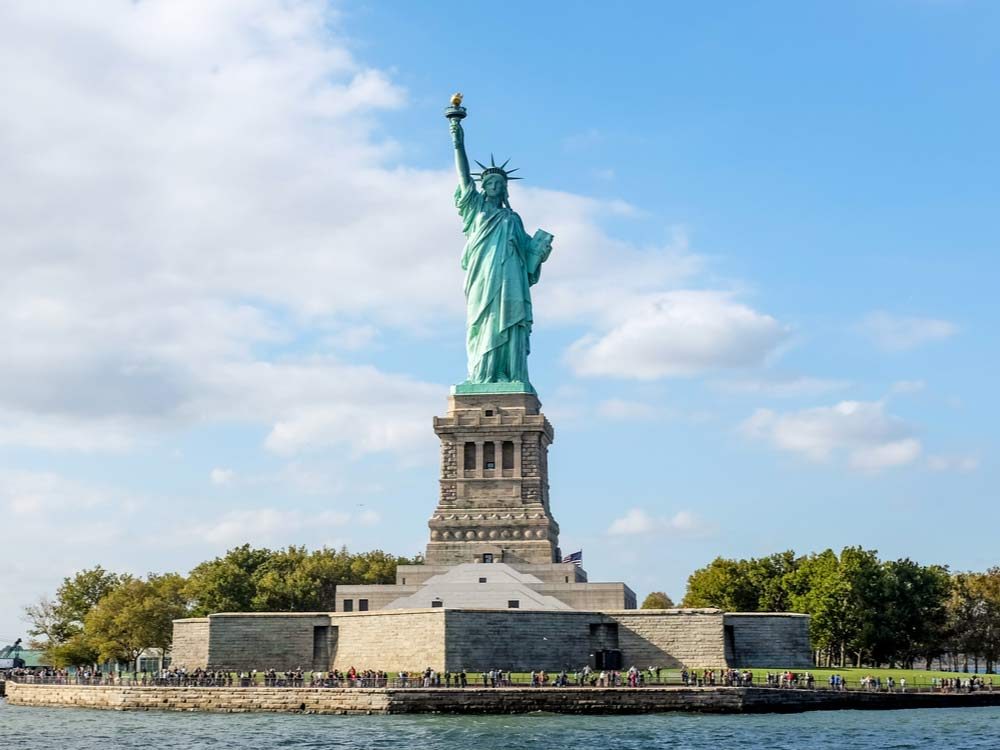
4. Statue of Liberty
The figure presiding over New York harbor, officially titled “Liberty Enlightening the World,” has been a harbinger of freedom for millions since her inauguration by President Grover Cleveland in 1886. No visit to New York is complete without seeing the statue, a gift of friendship from the French to mark the U.S.’s 100th birthday in 1876, was designed by the French sculptor Frédéric-Auguste Bartholdi, who devoted 21 years to the project. Slow fundraising on both sides of the Atlantic delayed the unveiling by 10 years, but no problem was encountered financing the $100 million restoration for the statue’s 100th birthday. Her unveiling on July 3, 1986, was the occasion for one of the largest firework displays ever seen in the U.S.
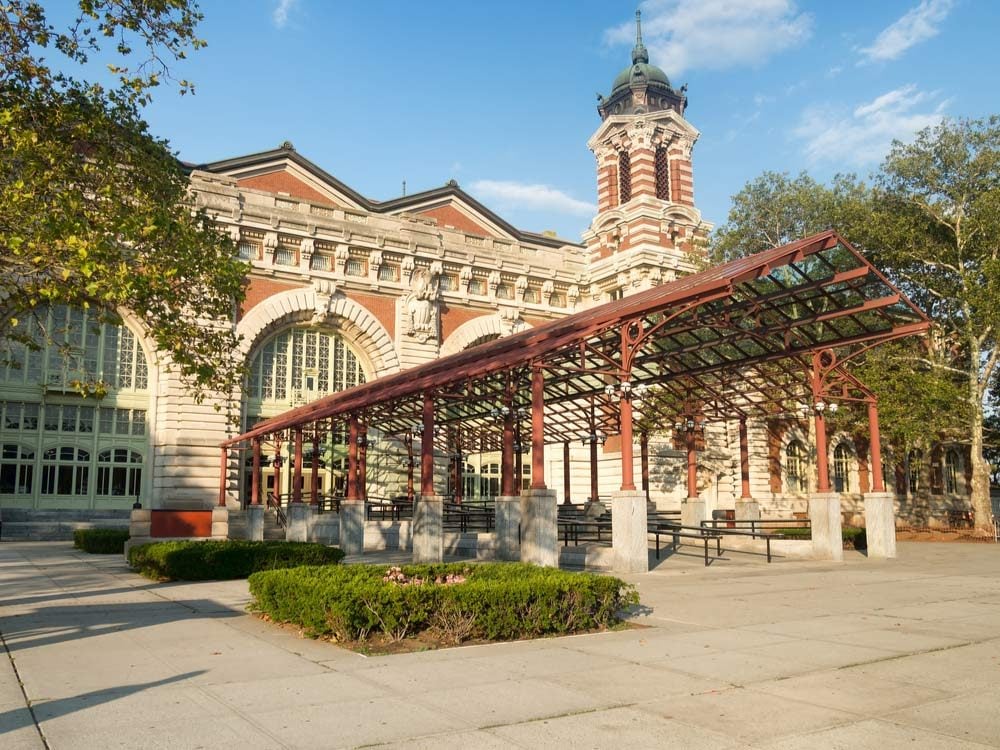
5. Ellis Island Immigration Museum
Ellis Island is the symbol of America’s immigrant heritage, and a top-ten landmark for first time New York City travellers. From 1892 to 1954, it was the arrival point for over 12 million people fleeing religious persecution, poverty, or unrest in their homelands. Their descendants, more than 100 million people, comprise almost 40 per cent of today’s population. First and second class passengers were processed for immigration on board the ship, but the poor travelling in steerage were ferried to the crowded island for medical and legal examinations. It was a frightening prospect after an exhausting journey to a land where few newcomers could speak the language. As many as 5,000 passed through in a day. The museum not only retraces their experience here, but is a picture of the total immigrant experience in America.
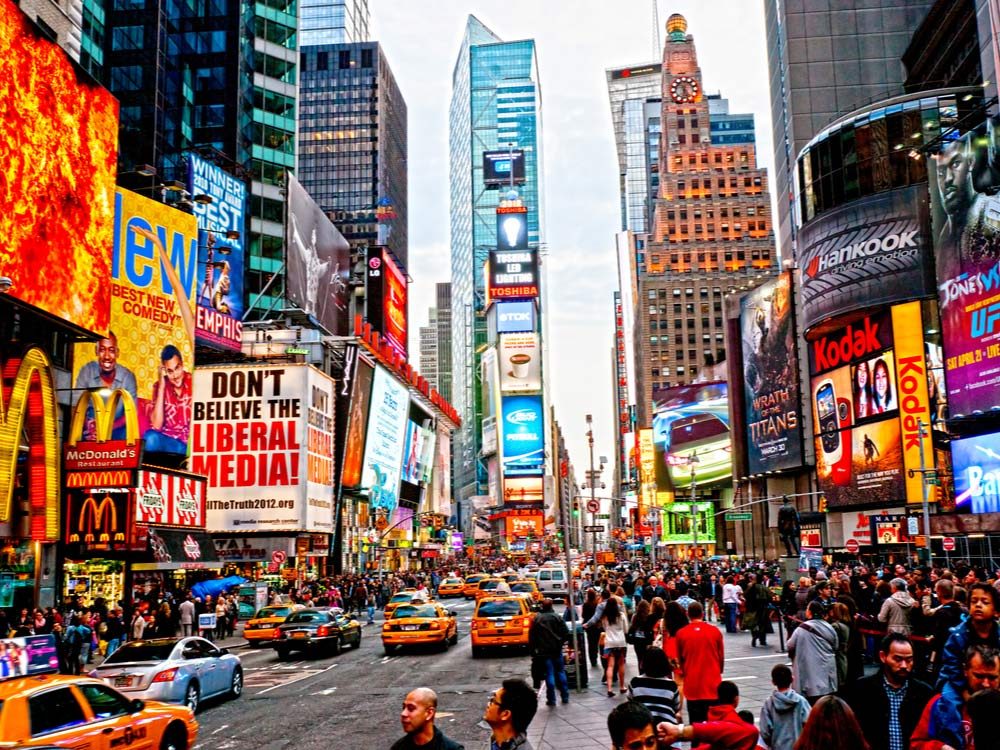
6. Times Square and Theater District
What not to do in NYC is a shorter list, but you must visit the most famous intersection in the world. Known as the “Crossroads of the World,” Times Square is a symbol of the lively surrounding theatre district that includes Broadway. It was called Longacre Square until 1904, when the New York Times built a 25-story tower on the site. Its occupancy on New Year’s Ever was marked with fireworks, a celebration that continues today. Currently, a giant crystal ball descends the building at midnight to herald the new year, cheered by the millions packed into the square. The reputation of Times Square was sullied when the adjacent 42nd Street grew seedy in the 1970s. The 1990s saw the peep shows and X-rated movie houses closed, and with massive government and private efforts, the street and neighbourhood have again been transformed.
Check out The 15 Most Instagrammed Destinations in the World.
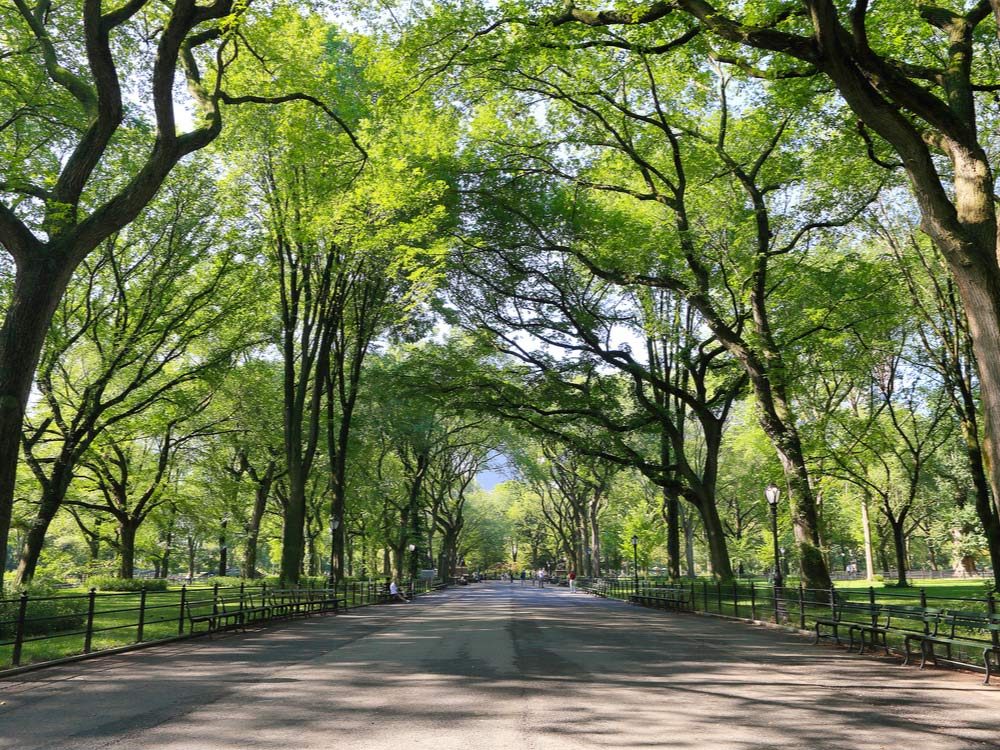
7. Central Park
When looking for something to do in New York City, the city’s “backyard,” an 843-acre swatch of green, provides recreation and beauty for over two million visitors each year. Designed by Frederick Law Olmstead and Calvert Vaux in 1858, the park took 16 years to create and involved the planting of 500,000 trees and shrubs, the hauling in of vast amounts of stone and earth to form hills, lakes and meadows, and the building of more than 30 bridges to arches.
Here are 10 Places Your Kids Need to See Before They Grow Up.
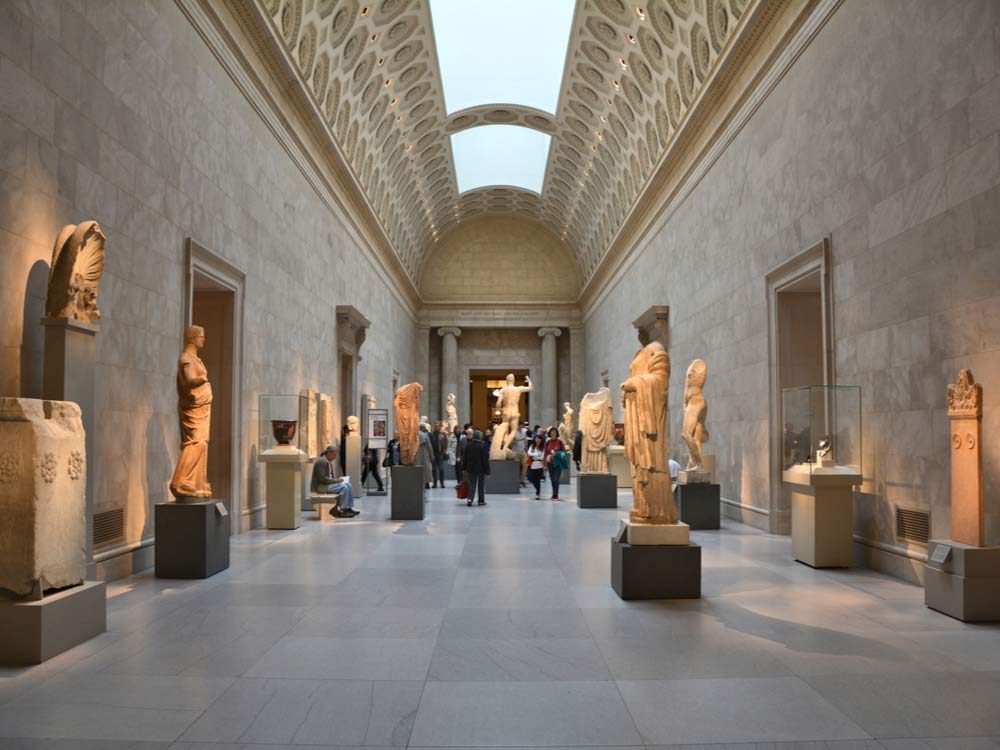
8. Metropolitan Museum of Art
One of the world’s great art museums, and a not-to-be-missed destination for your NYC visit, the Metropolitan “Met” is a veritable collection of museums, spanning 5,000 years of culture from every part of the globe. Each of its specialized galleries hold an abundance of treasures. It was founded in 1870 by a group who wanted to create great art institutions in America, and began with three private European collections and 174 paintings. The present holdings number over two million. The original 1880 Gothic Revival building by Calvert Vaux and Jacob Wrey Mould has been expanded many times. Recent additions include courts with views huge overlooking Central Park.
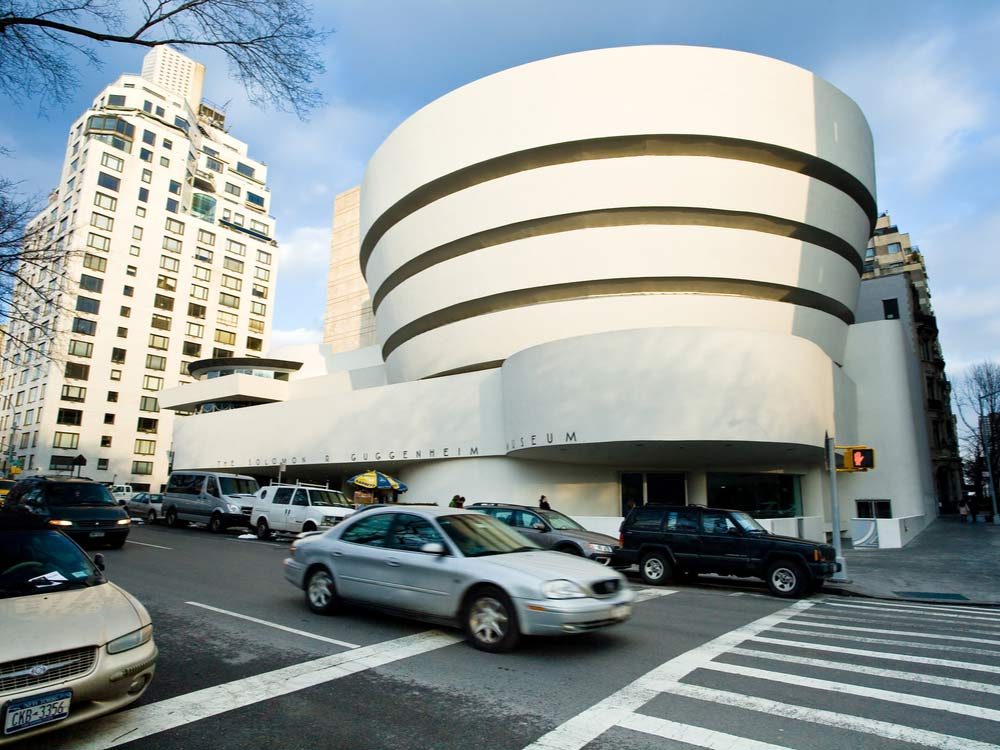
9. Solomon R. Guggenheim Museum
Don’t miss this stop on your trip to New York, one of the great architectural achievements of the 20th century, Frank Lloyd Wright’s 1959 spiral design alone would make this museum a must. Solomon Guggenheim’s core collection of Abstract art has been widened by donations of several important collections. The museum owns a host of work by Brancusi, Calder, Klee, Chagall, Miro, Leger, Mondrian, Picasso, Oldenberg and Rauschenberg. Only a small portion, changed periodically, is displayed, as the main gallery is used for temporary exhibits. Sections of the Thannhauser collection, which includes masterpieces by Cezanne, Gauguin, van Gogh and Picasso, are usually in view. The Guggenheim has the largest collection of Kandinsky’s works in the U.S. The Kandinsky Gallery contains a rotating selection of works.
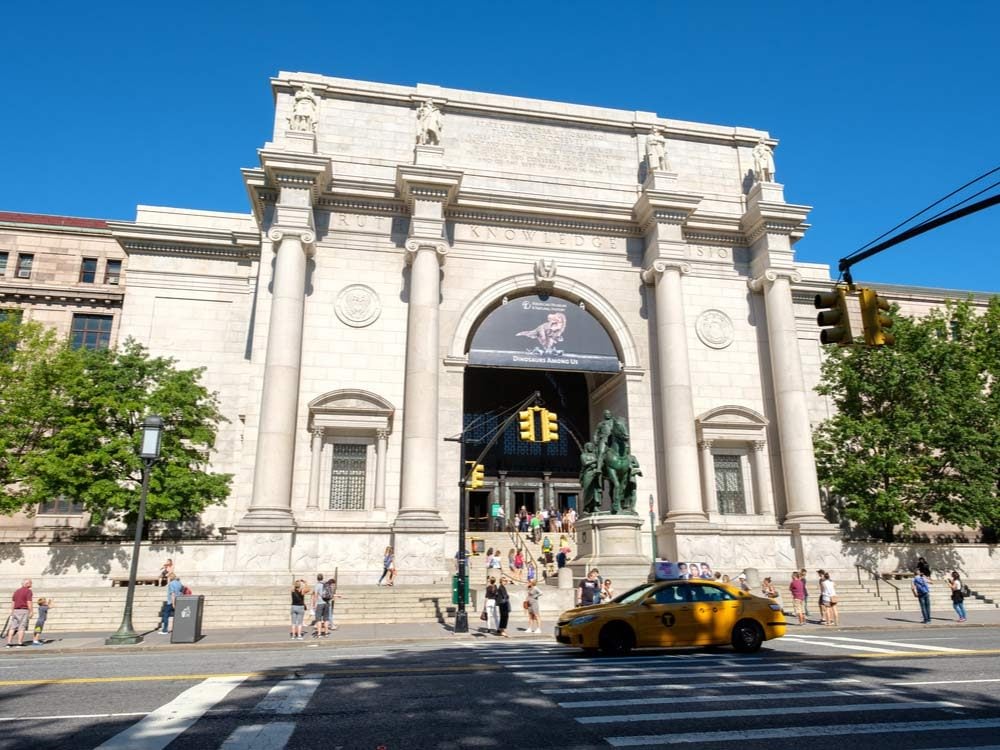
10. American Museum of Natural History
When in New York, be sure to visit the past. The distant past! Few city children grew up without visiting the dinosaurs, the life-sized dioramas of animal life, and other natural wonders in this popular museum patronized by over 5 million people each year. Since its founding in 1869, the museum has grown to 46 permanent exhibition halls spanning four city blocks, spread between 25 connected buildings. Holdings include 32 million specimens and cultural artifacts, many unique in the world. Exhibition areas such as the Hall of Biodiversity, the Fossil Halls, and the Rose Center, bring constantly updated research to visitors through multimedia installations.